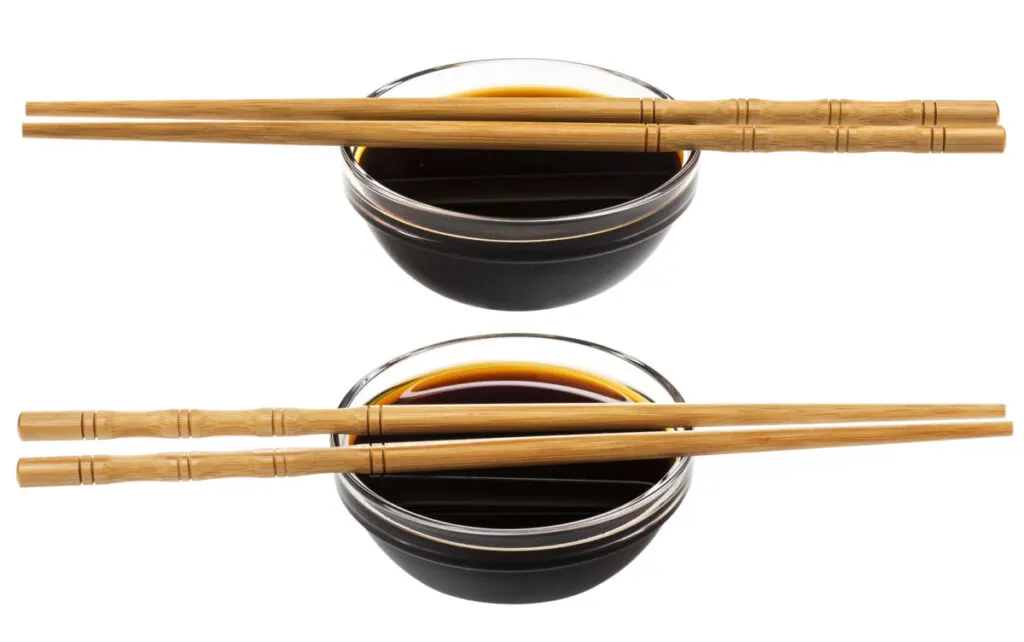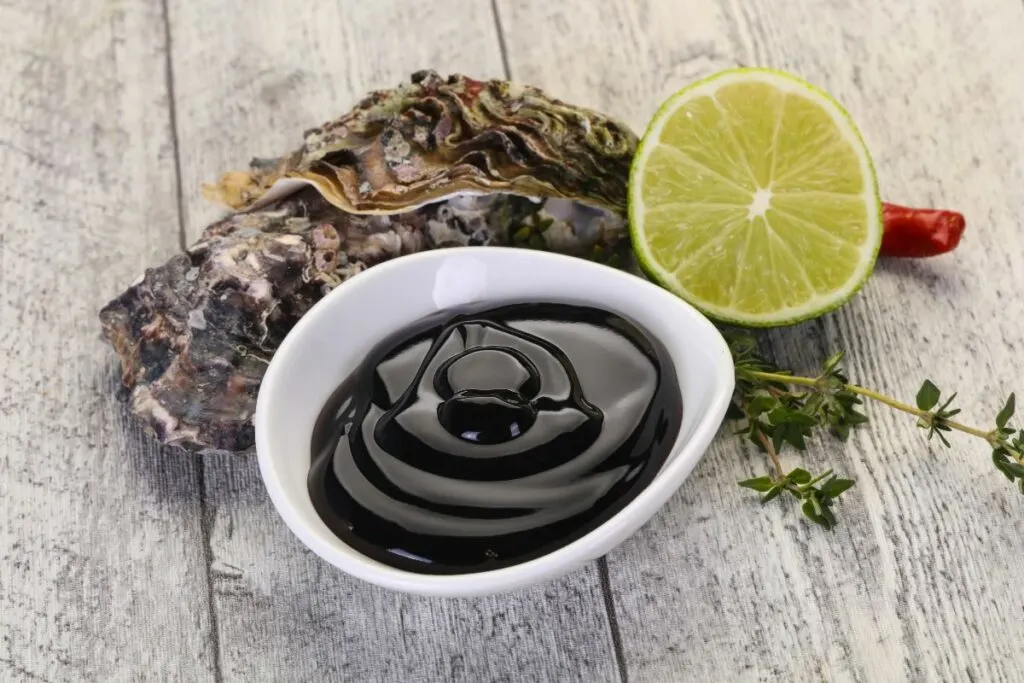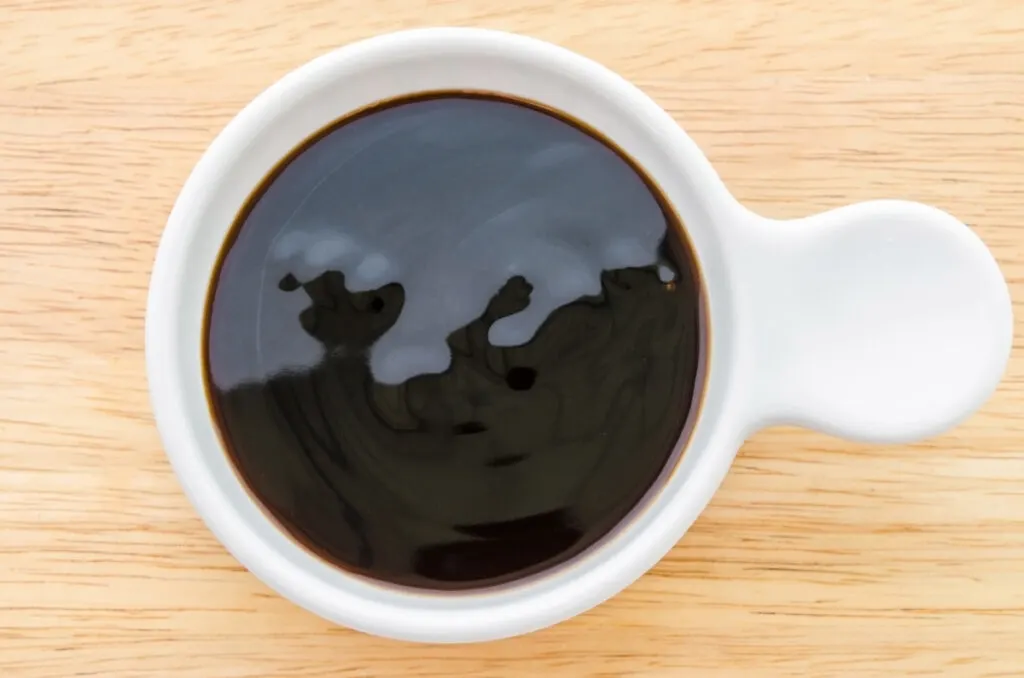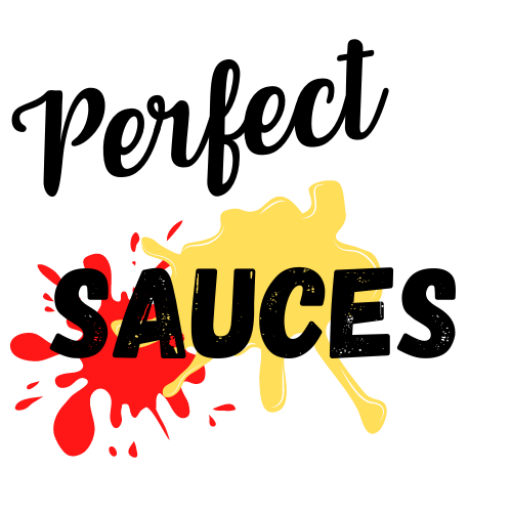Hoisin sauce and oyster sauce are easily two of the greatest Asian sauces for some classic Asian cuisines. While they may look similar and be used in similar ways, there are some key differences between the two that are worth exploring. We’ll break down the key differences between these two sauces, including their flavor profiles, ingredients, and common uses. Hoisin sauce vs oyster sauce. Which sauce is the best for your next recipe? Find out here!

Jump To
🤷 What Is Hoisin Sauce and Oyster Sauce?
Hoisin sauce is a popular ingredient in Chinese and Vietnamese cuisine. This thick and fragrant sauce is made from soybeans, sugar, vinegar, garlic, and spices and has a sweet and savory flavor. Oyster sauce is also another popular condiment in Chinese, Thai, and Vietnamese cuisine. This thick and dark brown sauce is made from oyster extracts, soy sauce, sugar, and salt, giving it a savory and umami flavor.
📌 How Similar Are Hoisin Sauce And Oyster Sauce?
Similarities
- Both hoisin sauce and oyster sauce are thick, dark sauces that are commonly used in Chinese cuisine.
- They both add a rich, savory flavor to dishes and can be used as marinades, dipping sauces for pork chops and meats, or condiments.
- They are both made from fermented ingredients.
- Both can be used as dark soy sauce substitutes.
Differences
- Hoisin sauce has a sweeter, more complex flavor with hints of garlic and five-spice, while oyster sauce has a salty, umami flavor with a hint of sweetness.
- Hoisin sauce is typically used as a dipping sauce for spring rolls, dumplings, and other appetizers, while oyster sauce is often used as a seasoning for stir-fries, vegetables, and meats.

💡 Hoisin vs. Oyster Sauce Comparison Table
Hoisin sauce and oyster sauce are two flavor powerhouses that can transform any dish into a mouthwatering masterpiece. Though they may look similar with their dark and glossy texture, these two sauces have distinct differences in flavor, texture, and usage. In this comparison table, we’ll take a closer look at hoisin sauce vs oyster sauce.
| Hoisin Sauce | Oyster Sauce |
| Made from soybeans, garlic, vinegar, and sugar | Made from oyster extract, soy sauce, sugar, and salt |
| Has a sweet and salty flavor with a hint of spice | Has a salty and savory flavor with a slight umami taste |
| Often used as a dipping sauce for spring rolls, dumplings, and roasted meats | Used as a seasoning sauce for stir-fries, marinades, and seafood dishes |
| Can be used as a glaze for roasted meats or as a condiment for sandwiches | Can be used to add depth of flavor to soups and stews |
| Contains no oyster extract or seafood ingredients | Contains oyster extract and may not be suitable for those with shellfish allergies |
| Suitable for vegetarians and vegans | Not suitable for vegetarians and vegans |
💭 Can You Substitute Hoisin for Oyster Sauce?
If you’re in a situation where you don’t have oyster sauce on hand, hoisin sauce can most definitely be used as a substitute. However, the two sauces have different flavors and textures, so it may not be a perfect match, but quite a close one at that. Their flavor is what widens the gap between the two, as oyster sauce has a deep umami flavor, while hoisin sauce has a sweet and savory taste.

🧐 FAQs
Hoisin sauce can be used in many ways to enhance the flavor of your dishes. It can be used as a marinade for meats, such as pork, chicken, or beef, to tenderize and add a sweet and savory flavor.
Oyster sauce can be used as a marinade for meat, seafood, and vegetables. You can add it to stir-fry dishes, noodles, and soups to enhance the flavor. It’s also used as a dipping sauce for dumplings, spring rolls, and other appetizers.
You can substitute hoisin sauce or a mixture of soy sauce, sugar, and a dash of Worcestershire sauce for oyster sauce.
